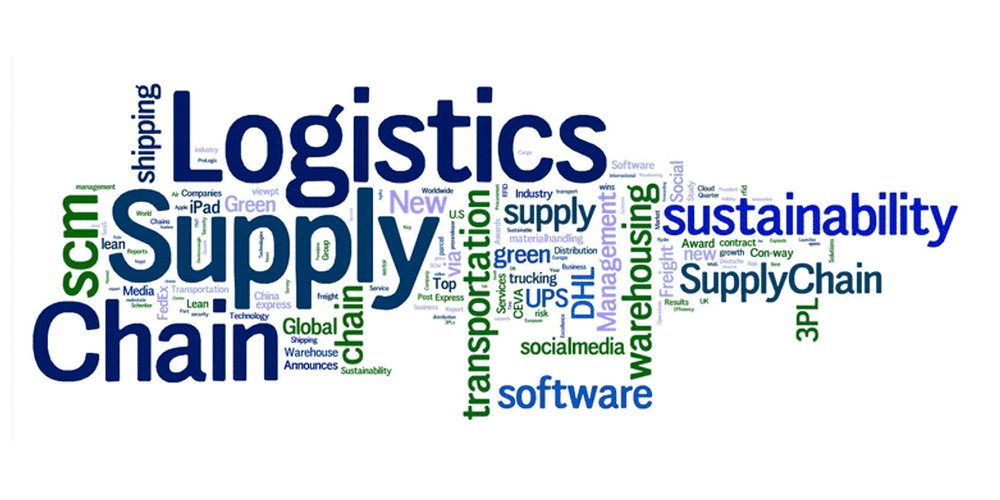
In the meantime, shoppers are likely to see higher prices, with companies passing on increased shipping and other logistics costs to customers. Such change will inevitably create short-term challenges as the new practices become embedded.īusiness has to be resilient and capable of adapting to major disruptions so that it can develop long-term strategies and solutions to these complex challenges. The year ahead will be key in the adoption of these practices, each of which requires change in the operational practices of firms. Industry and academia are collaborating to develop innovative and sustainable practices, as can be seen in the work of the Centre for Sustainable Road Freight, for example. These practices affect everything from transport vehicles, such as switching to electric delivery vans, through to changes in the wider supply chain, such as relocating distribution centres to minimise distances travelled.
Supply chain issues 2021 full#
Closer to home, the arrival of the full post-Brexit customs checks introduced on January 1 has introduced further friction and added costs, with many firms reporting a worrying lack of preparedness.Ībove all, freight transportation and supply chain processes will continue to change during 2022 as more environmentally sustainable practices are adopted. In this context, China’s continuing zero-COVID strategy with its tight border restrictions could create problems.ĭespite some easing in recent months, international shipping costs are likely to remain high in 2022.

The emergence of new variants during 2022 could accentuate some of the current pressures. The arrival of omicron has provided a timely reminder of the unpredictability of the pandemic. So what kinds of things are going to affect global supply chains in 2022? As The Economist neatly put it recently, “the era of predictable unpredictability is not going away”.

Axel Wolf/Shutterstock An unpredicatable world The world’s supply chains are subject to a complex and sometimes volatile range of factors. These challenges are new in many respects, so past experience cannot be relied upon to generate solutions. The big question is how all this complexity can be handled, particularly in terms of design, planning and execution. A range of formal methodologies and tools have been developed to support this process. This means identifying where risks of any kind exist in the network, assessing the potential impact of these risks, and putting mitigation strategies into place. As a result, major companies have become strongly focused on supply chain risk management. Business as usual is simply no longer an option if a sustainable future is to be achieved.īut uncertainty is a characteristic of the international business landscape in which supply chains operate. Glasgow’s COP26 in November had a strong focus on transport including freight and logistics. If countries around the world are to meet their emissions targets and commitments, it is key that they develop more sustainable supply chain practices. Third, the environmental impact of logistics and supply chain activities is beginning to be more widely understood. The impact of this change on logistics and SCM is the subject of my book Global Logistics: New Directions in Supply Chain Management. This is thanks to the reduction of traditional barriers to the cross-border movement of products, services, capital, people and information. This all matters because business has become increasingly international – often global – in recent years. More widely, firms continue to grapple with a range of international business challenges ranging from fluctuating exchange rates to the building of global management teams. For example, in the UK and the rest of Europe, supply chain pressures were caused by Brexit as a result of increases in red tape and cross-border checks. Second, the economic and business environment became more challenging.
Supply chain issues 2021 driver#
Trends that were apparent pre-pandemic, such as increases in online shopping and driver and other skill shortages, are now causing real problems. This has resulted in significant geographical shifts in supply and demand, which in turn has created problems for finely tuned global supply chains.
Supply chain issues 2021 series#
First, and probably the most obvious to many of us, was the unprecedented pressures on global supply chains created by the COVID pandemic and the subsequent series of lockdowns and restrictions which varied in their timing and severity from country to country.
Three big issues became particularly apparent in 2021. Yet this long-term effort to make the whole system more efficient has been set back by a whole host of challenges in global supply chains. Done well, it can significantly improve the overall performance of companies, as well as benefiting the economy and society.

There’s a whole philosophy of contemporary supply chain management (SCM) concerned with making supply chains much more integrated than they used to be.


 0 kommentar(er)
0 kommentar(er)
